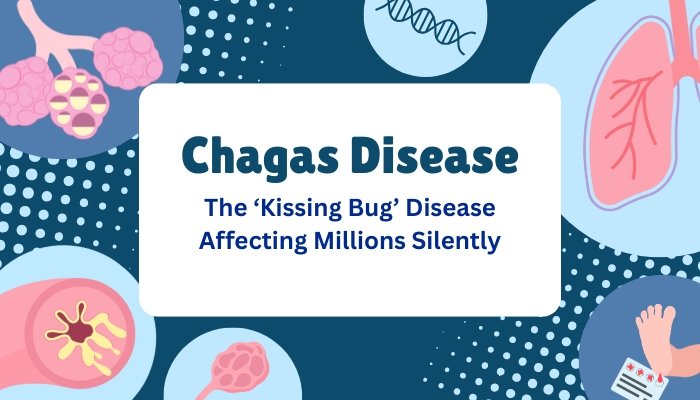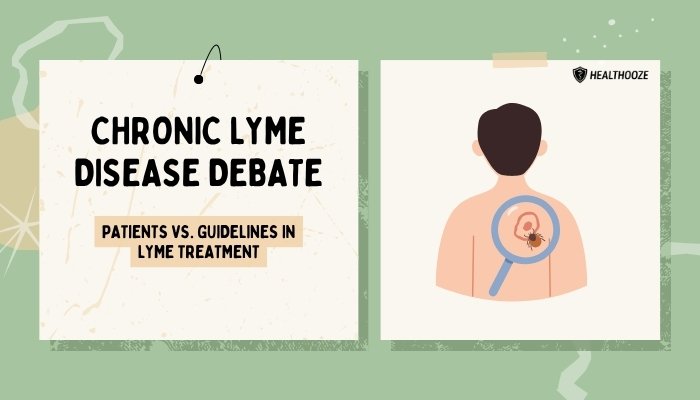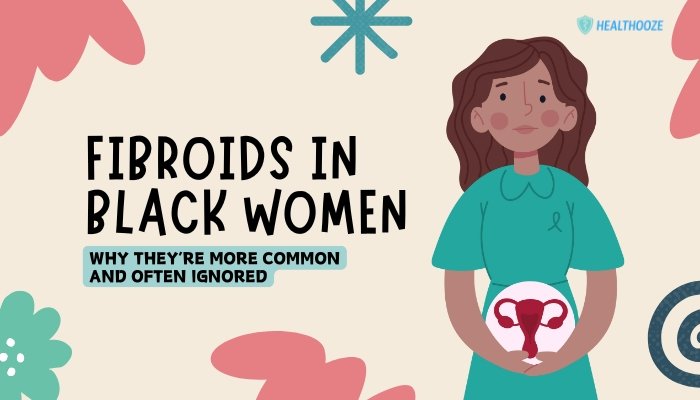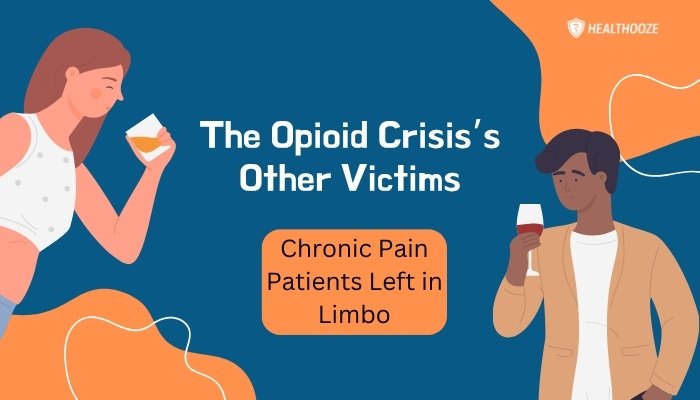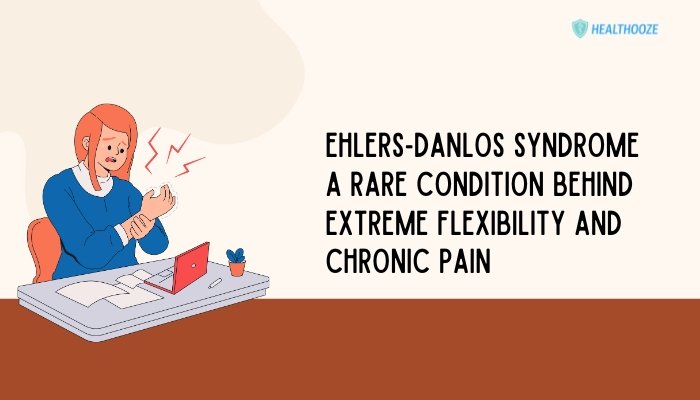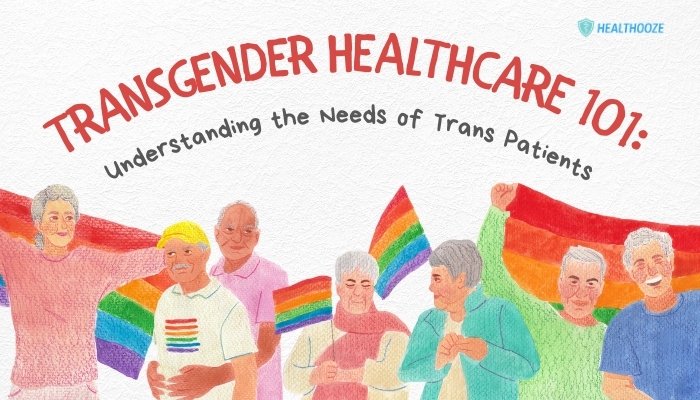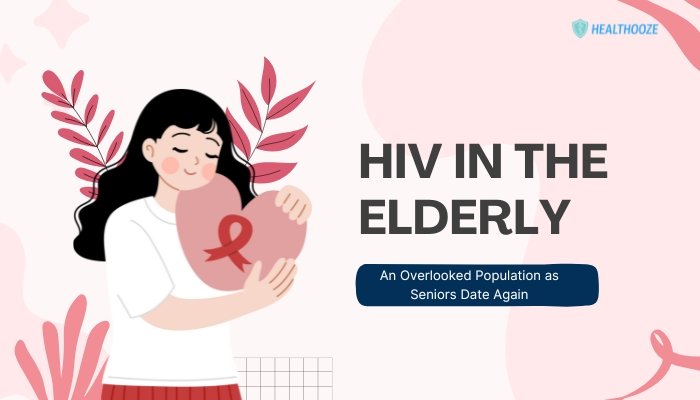Introduction
Chagas disease, also known as American trypanosomiasis, is a parasitic illness predominantly found in Latin America but increasingly recognized in other parts of the world. Transmitted mainly through the bite of the Triatomine insect—colloquially known as the “kissing bug”—Chagas remains a significant cause of heart disease and early mortality in affected regions.
While an estimated 6–7 million people carry the parasite Trypanosoma cruzi, many remain undiagnosed for years or even decades, allowing the infection to silently damage the body. This article delves into how Chagas disease is transmitted, the phases of infection, common symptoms, and how advancements in screening and treatment can help curtail its impact.
What Is Chagas Disease?
Overview
Chagas disease is caused by the protozoan parasite Trypanosoma cruzi. Typically, humans contract it when feces from an infected triatomine bug (also called a “kissing bug” for its tendency to bite around the mouth or eyes) enters the bloodstream through breaks in the skin or mucous membranes. It is not exclusively transmitted by insect bites; infection can also occur through contaminated food, blood transfusions, organ transplants, or congenitally from mother to baby.
Global Scope
Though traditionally linked to rural areas of Latin America—Brazil, Bolivia, Argentina, and Mexico, among others—Chagas disease cases have emerged globally due to population migration and travel. Even in high-income countries such as the United States or Spain, locally transmitted cases are occasionally documented. However, many patients remain unaware they carry the parasite until it surfaces as a serious cardiac or digestive problem years later.
Lifecycle and Transmission
The Role of the ‘Kissing Bug’
Triatomine bugs thrive in cracks of poorly constructed homes, especially in rural or peri-urban regions. Nocturnal by nature, they bite humans’ exposed skin while sleeping—often around the lips or eyelids—then defecate nearby. If the sleeping person rubs or scratches the bite site, the parasite-laden feces can enter the wound, initiating infection.
Other Transmission Pathways
- Congenital: An infected mother can pass Trypanosoma cruzi to her fetus during pregnancy.
- Blood Transfusion: In regions without rigorous screening, infected blood can transmit the parasite to recipients.
- Organ Transplantation: Rare but possible if donor organs come from individuals with undetected infection.
- Foodborne: Consuming contaminated fruits or juices (particularly açaí in certain contexts) can lead to oral infection.
Course of the Disease: Acute and Chronic Phases
Acute Phase
- Initial Infection: Occurs shortly after exposure, often mild or asymptomatic. Some notice a localized swelling at the bite site or near the eye (Romaña’s sign).
- Duration: Lasts a few weeks or months; the immune system may partially control the parasite, but complete eradication without treatment is uncommon.
- Symptoms: Fever, fatigue, swollen lymph glands, or rash. Many dismiss it as a minor illness.
Chronic Phase
- Indeterminate (Asymptomatic) Period: Post-acute, patients may remain symptom-free for years or even decades. However, parasites silently persist, especially in muscle and nerve tissues.
- Symptomatic Chronic Disease: About 20–30% of carriers eventually develop organ-related damage.
- Cardiac Manifestations: Arrhythmias, cardiomyopathy, heart failure, or sudden cardiac death.
- Gastrointestinal Involvement: Megaesophagus or megacolon, causing swallowing difficulties or severe constipation.
Why Is Chagas Disease Overlooked?
Low Awareness and Asymptomatic Phase
Infected individuals often spend prolonged periods with no obvious symptoms. This “silent” nature fosters complacency, with many attributing mild signs to other common ailments. Meanwhile, the condition can progress to irreparable tissue damage.
Socioeconomic Challenges
Chagas disease disproportionately impacts marginalized or rural communities with inadequate healthcare infrastructure. Underfunded public health systems struggle to conduct universal screening or provide comprehensive care. Some families cannot afford to travel long distances for specialized evaluations.
Limited Diagnostic Capabilities
Standard blood tests may be sporadically available. Definitive testing can be complicated if local labs do not have the necessary reagents or training. In areas without routine screening, advanced disease might be recognized too late to prevent complications.
Insufficient Research Funding
Though Chagas stands among the most prevalent parasitic diseases in the Americas, it garners lower global attention and philanthropic support compared to diseases like malaria or HIV/AIDS. This results in fewer new treatments, outdated drug regimens, and limited clinical trials.
Diagnosis and Treatment Approaches
Diagnostic Methods
- Serological Tests: Detect antibodies against T. cruzi. Typically requires at least two different tests (ELISA, IFA, or Western blot) to confirm positivity.
- PCR: Identifies parasite DNA in blood, more commonly used in acute or congenital infections.
- Clinical Assessment: EKGs and cardiac imaging can reveal Chagas-related cardiac changes.
Available Treatments
- Antiparasitic Drugs: Benznidazole and nifurtimox remain first-line, especially in acute or early chronic phases, to reduce parasite load and disease progression.
- Symptomatic Management: Beta-blockers or pacemakers for arrhythmias, surgical interventions for megaesophagus or megacolon.
- Success Rates: Treatment is most effective in acute or early infection stages, less so once advanced cardiac or GI complications set in.
Emerging Research
Potential new drug candidates or improved regimens for existing antiparasitics aim to shorten treatment duration and reduce side effects. Vaccines remain under exploration, though none are close to market release. Meanwhile, improved diagnostics that rapidly confirm infection could lead to earlier, more successful interventions.
Prevention and Control
Vector Control
- Housing Improvements: Applying insecticides to walls or using plaster to seal cracks prevents triatomine nest formation.
- Bed Nets: Where feasible, insecticide-treated nets can lessen night-time bites, although triatomine bugs often hide inside homes’ cracks.
- Community Campaigns: Health workers systematically check and spray households in endemic regions. Success stories from places like Brazil or Paraguay show that ongoing vigilance can dramatically curb transmission.
Screening and Blood Safety
- Blood Bank Testing: Mandating routine T. cruzi antibody screens for donors in endemic areas.
- Organ Transplant Protocols: Testing donors and recipients to reduce congenital or transplant-based spread.
- Maternal Screening: Identifying infected mothers can prompt early testing and treatment for newborns.
Education and Partnerships
National and regional collaborations between ministries of health, the Pan American Health Organization, and local NGOs ensure consistent resources for triatomine control, public education, and broader research. Digital technology can facilitate remote diagnostics or track infestation patterns.
Living with Chagas Disease
Daily Realities
Chagas disease can drastically alter someone’s life trajectory, especially with advanced cardiac involvement. Fatigue, chest pain, and arrhythmias hamper daily activities. GI manifestations, such as severe constipation or swallowing difficulties, reduce nutritional intake and cause social distress.
Coping Strategies and Support
- Regular Monitoring: Cardiology follow-ups to check ejection fraction, conduction abnormalities, or the need for pacemaker insertion.
- Dietary Adjustments: Smaller, more frequent meals aid those with GI issues; avoiding extremes that complicate heart function.
- Community Programs: Advocacy groups and local support networks help with practical aspects of living with chronic disease, e.g., medication adherence, financial advice, or psychosocial counseling.
Confronting Stigma
In some areas, people with Chagas fear job discrimination or social ostracization. Cultural misconceptions might equate it with personal hygiene failure or “rural backwardness.” Education campaigns shift blame away from individuals and emphasize the parasitic nature of the disease.
Final Thoughts
Chagas disease, sometimes called the “silent killer,” has quietly affected millions in the Americas for over a century, yet remains overshadowed by other global health concerns. From invisible acute stages to the heartbreak of chronic organ damage years later, this neglected tropical disease continues to hamper entire communities, especially those already facing economic or healthcare inequities.
Still, progress is emerging: integrated screening programs, vector-control campaigns, and improved medical therapies have cut new infection rates in multiple Latin American nations. Meanwhile, incremental research breakthroughs suggest that with consistent investment, robust prevention, and timely detection, many of the burdens of Chagas can be reduced. By devoting more attention to the plight of those living in the shadows of T. cruzi, the global community can amplify efforts to end the cycle of reinfection and suffering, ultimately transforming how we combat neglected diseases worldwide.
References
- http://www.who.int/
- http://www.cdc.gov/
- Rassi A Jr, Rassi A, Marin-Neto JA. Chagas heart disease: pathophysiologic mechanisms, clinical aspects, and management. Lancet. 2010.
- Clayton J. Chagas disease: pushing through the pipeline. Nature. 2010.
- Hotez PJ, Bottazzi ME, Franco-Paredes C, et al. The neglected tropical diseases of Latin America: still an unrecognized burden in the region? PLoS Negl Trop Dis. 2008.

